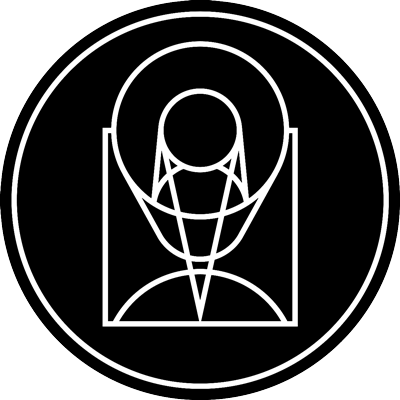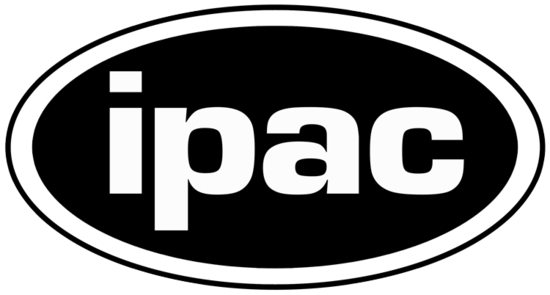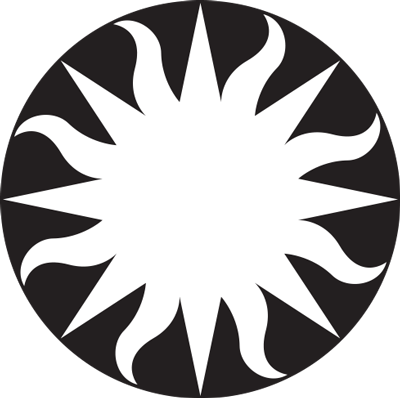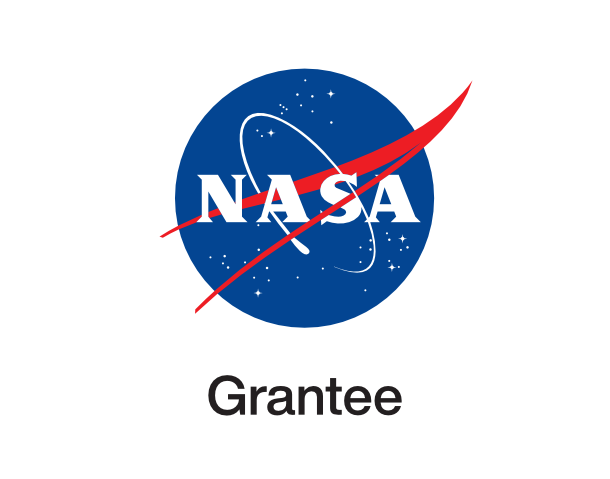Happy Sweet Sixteen, Hubble Telescope! - Starburst Galaxy M82

stsci_2006-14a April 24th, 2006
Credit: NASA, ESA, and The Hubble Heritage Team (STScI/AURA) Acknowledgment: J. Gallagher (University of Wisconsin), M. Mountain (STScI), and P. Puxley (National Science Foundation)
To celebrate the Hubble Space Telescope's 16 years of success, the two space agencies involved in the project, NASA and the European Space Agency (ESA), are releasing this image of the magnificent starburst galaxy, Messier 82 (M82). This mosaic image is the sharpest wide-angle view ever obtained of M82. The galaxy is remarkable for its bright blue disk, webs of shredded clouds, and fiery-looking plumes of glowing hydrogen blasting out of its central regions. Throughout the galaxy's center, young stars are being born 10 times faster than they are inside our entire Milky Way Galaxy. The resulting huge concentration of young stars carved into the gas and dust at the galaxy's center. The fierce galactic superwind generated from these stars compresses enough gas to make millions of more stars. In M82, young stars are crammed into tiny but massive star clusters. These, in turn, congregate by the dozens to make the bright patches, or "starburst clumps," in the central parts of M82. The clusters in the clumps can only be distinguished in the sharp Hubble images. Most of the pale, white objects sprinkled around the body of M82 that look like fuzzy stars are actually individual star clusters about 20 light-years across and contain up to a million stars. The rapid rate of star formation in this galaxy eventually will be self-limiting. When star formation becomes too vigorous, it will consume or destroy the material needed to make more stars. The starburst then will subside, probably in a few tens of millions of years. Located 12 million light-years away, M82 appears high in the northern spring sky in the direction of the constellation Ursa Major, the Great Bear. It is also called the "Cigar Galaxy" because of the elliptical shape produced by the oblique tilt of its starry disk relative to our line of sight. The observation was made in March 2006, with the Advanced Camera for Surveys' Wide Field Channel. Astronomers assembled this six-image composite mosaic by combining exposures taken with four colored filters that capture starlight from visible and infrared wavelengths as well as the light from the glowing hydrogen filaments. Hubble was launched on April 24, 1990, aboard the space shuttle Discovery.
Provider: Space Telescope Science Institute
Image Source: https://hubblesite.org/contents/news-releases/2006/news-2006-14
Curator: STScI, Baltimore, MD, USA
Image Use Policy: http://hubblesite.org/copyright/

- ID
- 2006-14a
- Subject Category
- C.5.3.2 C.5.1.6
- Subject Name
- M82, NGC 3034
- Credits
- NASA, ESA, and The Hubble Heritage Team (STScI/AURA) Acknowledgment: J. Gallagher (University of Wisconsin), M. Mountain (STScI), and P. Puxley (National Science Foundation)
- Release Date
- 2006-04-24T00:00:00
- Lightyears
- 12,000,000
- Redshift
- 12,000,000
- Reference Url
- https://hubblesite.org/contents/news-releases/2006/news-2006-14
- Type
- Observation
- Image Quality
- Good
- Distance Notes
- 12 million light-years (3.7 Megaparsecs)
- Facility
- Hubble, Hubble, Hubble, Hubble
- Instrument
- ACS, ACS, ACS, ACS
- Color Assignment
- Blue, Green, Orange, Red
- Band
- Optical, Optical, Optical, Optical
- Bandpass
- B, V, Halpha, I
- Central Wavelength
- 435, 555, 658, 814
- Start Time
- 2006-03-27T00:00:00, 2006-03-27T00:00:00, 2006-03-27T00:00:00, 2006-03-27T00:00:00
- Integration Time
- Dataset ID
- Notes
- M
- Coordinate Frame
- ICRS
- Equinox
- 2000.0
- Reference Value
- 148.82217492048, 69.65833998784
- Reference Dimension
- 9500.00, 7400.00
- Reference Pixel
- 8531.34769581406, 5657.83493428196
- Scale
- -0.00001392731, 0.00001392731
- Rotation
- 50.22269665954
- Coordinate System Projection:
- TAN
- Quality
- Full
- FITS Header
- Notes
- World Coordinate System resolved using PinpointWCS 0.9.2 revision 218+ by the Chandra X-ray Center FITS X FITS Y EPO X EPO Y 562.16 1850.84 7902.93 3626.11 1142.60 2281.16 9305.38 3288.60 989.84 854.98 6920.68 1697.58 1734.77 1002.17 8098.71 746.15 Center Pixel Coordinates: 4750.00 148.97963636155 3700.00 69.68117025277
- Creator (Curator)
- STScI
- URL
- http://hubblesite.org
- Name
- Space Telescope Science Institute Office of Public Outreach
- outreach@stsci.edu
- Telephone
- 410-338-4444
- Address
- 3700 San Martin Drive
- City
- Baltimore
- State/Province
- MD
- Postal Code
- 21218
- Country
- USA
- Rights
- http://hubblesite.org/copyright/
- Publisher
- STScI
- Publisher ID
- stsci
- Resource ID
- STSCI-H-p0614a-f-9500x7400.tif
- Resource URL
- https://mast.stsci.edu/api/latest/Download/file?uri=mast:OPO/product/STSCI-H-p0614a-f-9500x7400.tif
- Related Resources
- http://hubblesite.org/newscenter/archive/releases/2006/14
- Metadata Date
- 2022-07-06T00:00:00
- Metadata Version
- 1.2
Detailed color mapping information coming soon...

















